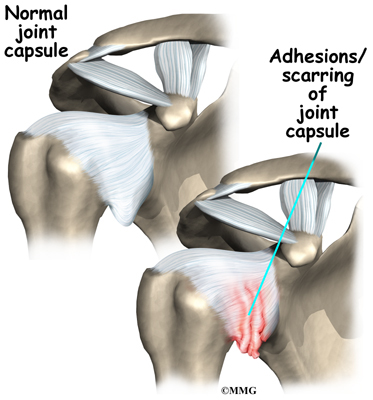This post is from this month's health section of the New Hamburg Independent. It takes a brief look at the complex nature of back pain. Research is continuing to show that people experience pain for reasons far beyond what can be explained with x-ray and MRI machines- keep reading to find out why!
Researchers show back
pain is more than just muscle and joint damage
Low back pain is an
extremely common condition, and is something approximately 80% of us will
experience at some point in our lives. When we suffer a flare up, it is often
assumed that we have
done something wrong.
“I slept wrong and
sprained a joint,” or “I lifted wrong and strained a muscle,” are common
explanations I hear in practice.
However, there likely
is more to the story, especially with chronic low back pain.
A group of prominent
researchers have recently reviewed and summarized all of the best studies on
this common type of low back pain. Surprisingly, these researchers showed that
many lifestyle, social and psychological factors are more strongly linked to back pain than are many
anatomical causes.
For instance, a common
anatomical change we often attribute back pain to involves degenerative changes throughout the spine. In short,
this involves a
decrease in fluid content in the spongy discs that separate your vertebrae, and
a wearing down of the cartilage of the joints at the back of your spine.
While it is logical to
suspect that these anatomical changes are associated with low back pain, these
researchers have shown that they are not nearly as concerning as we once
thought.
Instead, lifestyle
factors such as smoking,
being overweight, and perceiving yourself as generally unhealthy is more
strongly connected to back pain. In addition, psychological and social issues
such as depression, anxiety, low job satisfaction, monotonous work, and poor
social support are all linked to an
increased risk of back pain.
Thus, while strained muscles and associated
joint issues play a role in low back pain, this review clearly shows that any
pain you may be feeling, especially if it is chronic, is likely a result of a
collection of factors involved in your life.
Since the cause of the
chronically painful low back is a result of a multitude of factors, logically the
solution should also include a number of approaches.
That being said, it is
important to note that we are only referring to the most common type of back pain, which is called ‘mechanical low back pain’.
There are less common,
but quite serious, conditions
that must be ruled out
if you are suffering from back pain. Some of these include tumors, infections, and traumas. Also, if there are neurological
symptoms such as shooting or electrical pain down your leg, or numbness and
tingling, then something beyond mechanical low back pain is affecting you that
must be diagnosed and treated.
If you do fall into the
category of suffering from mechanical low back pain, the solution comes down to
identifying and addressing all of the contributing factors of your pain. For some, that may mean quitting
smoking, losing weight, and finding a more enjoyable job. For others, that may
mean learning to cope with stress more effectively, developing a better social
network, and putting into place a plan to treat their depression.
Regardless of the
person, mechanical low back pain should always be treated with some form of
physical activity. Specific exercises for the back that help to strengthen and
stabilize the entire core should be implemented. General cardiovascular and
strength training should also be added to the plan of management for the best
results.
So is back pain
related to problems with our anatomy? Absolutely. Tearing a muscle, spraining a
joint, and developing osteoarthritis undoubtedly hurts, and these factors
should not be ignored. However, this line of researcher shows that you should
not just stop there, and that improving your psychological, social and
lifestyle health will go a long way.





.jpg)
